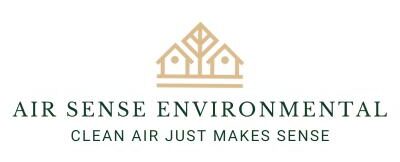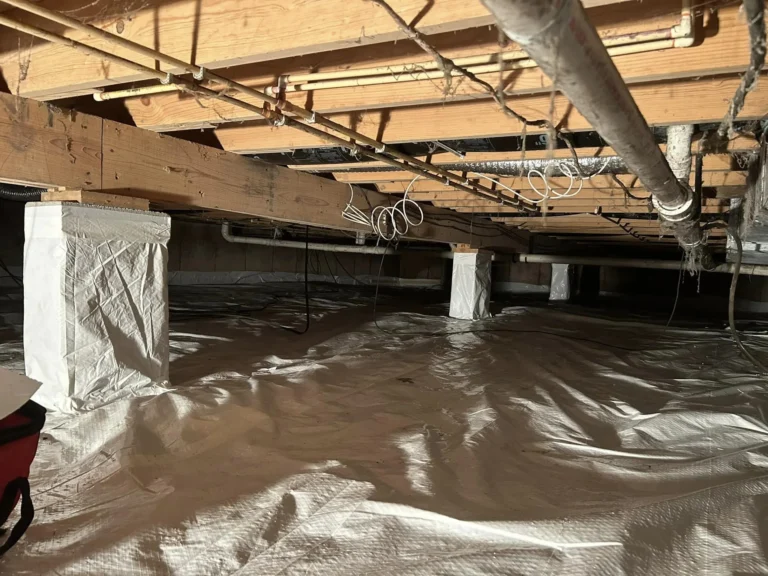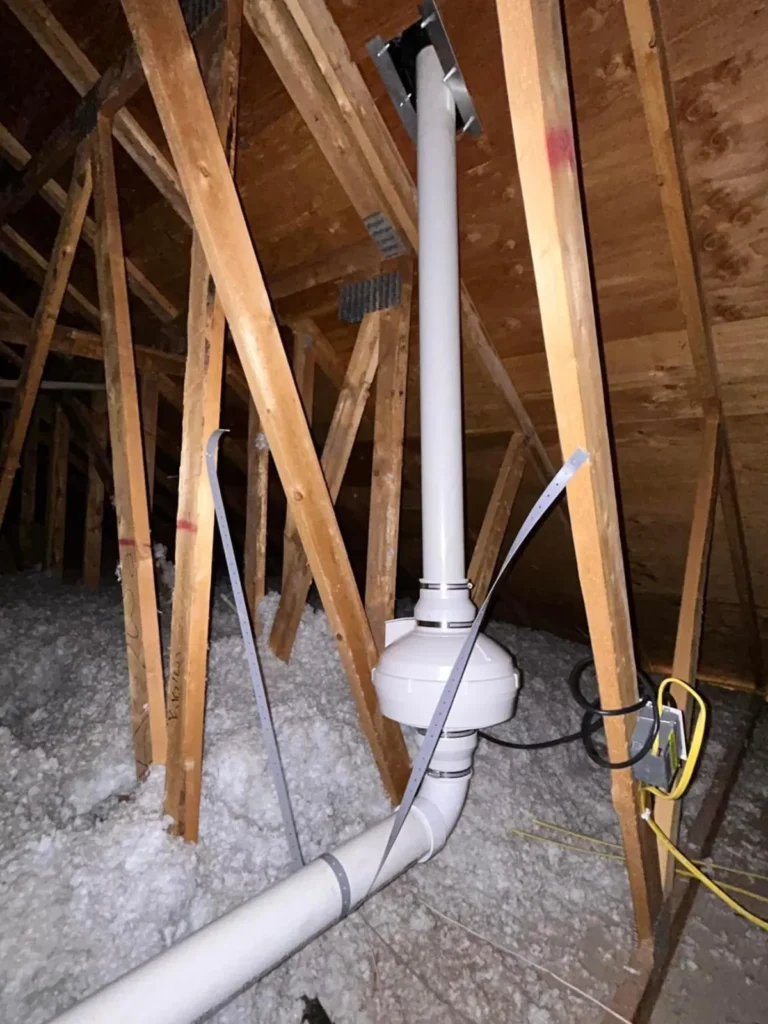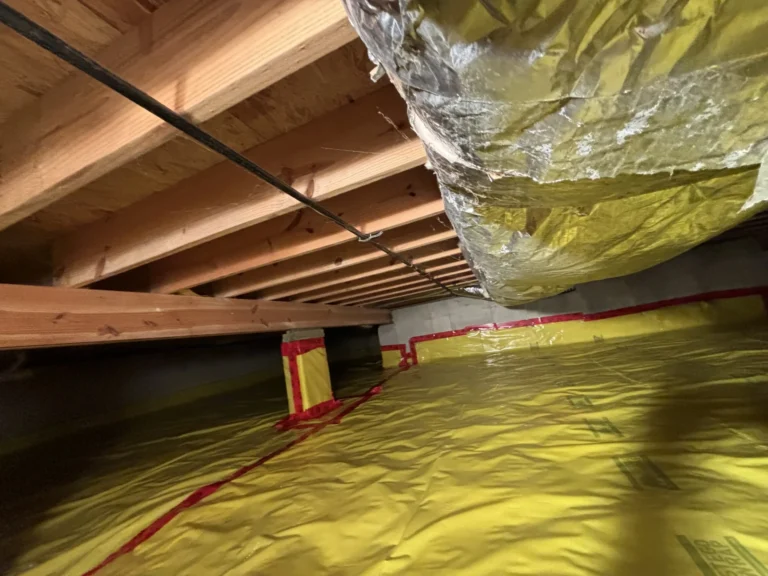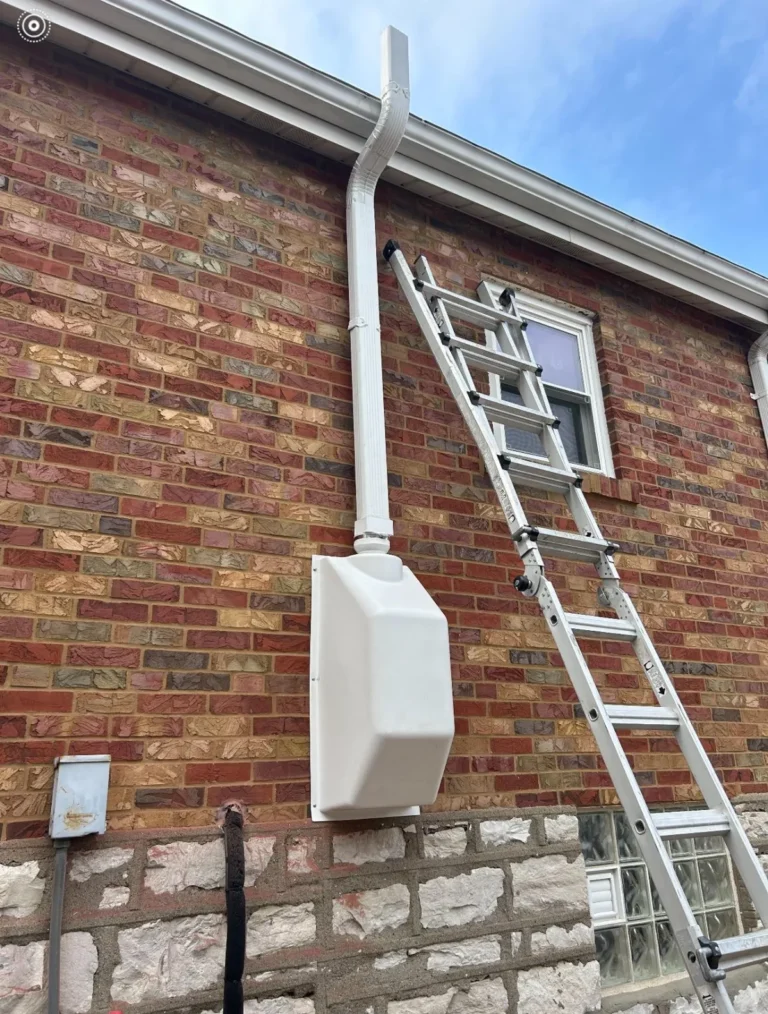Radon is a colorless, odorless tasteless radioactive gas found in nearly all homes. It is created by the natural decay of uranium in soil, rock, and water. It can get into your home through cracks in foundation walls, floor drains, or flowing down a sump fairway to your fireplace. Although radon is a naturally occurring gas, exposure to elevated levels over an extended time significantly increases the risk of lung cancer. Therefore, ensuring your home is safe from this makes radon mitigation very important. However, just how well do radon mitigation systems work? Let’s dive into the details.
Understanding Radon and Its Risks
Radon gas is referred to as the “silent killer” because it cannot be seen or sensed without testing. The Environmental Protection Agency (EPA), estimates radon is the second leading cause of lung cancer in the nation, claiming more than 21,000 lives annually. Smokers increase that risk since radon and tobacco smoke together are a very effective cancer-causing combination that can exponentially raise the odds of developing lung cancer. Therefore, it is important to keep radon low through mitigation for health and safety.
How Effective Are Radon Mitigation Systems?
If properly installed and maintained, a radon mitigation system is generally very effective. EPA reports that most systems can reduce radon levels in your home by up to 99%, especially when initial test readings are high. The effectiveness of these systems comes down to their ability to continuously release radon gas outside, and thus in cooling before less can enter the inside space.

Studies have established that Radon Mitigation in existing homes is extremely effective at keeping radon levels from increased concentrations—often below the EPA`s action level of 4 pCi/L, which helps provide a safe living environment. Yet, how well these systems work in a given home largely depends on the construction of the home itself as well as the quality and proper installation and maintenance of said system.
Factors Influencing Effectiveness
A radon mitigation system can be impacted by multiple elements, including:
- Home Structure and Foundation Type: There are different types of foundations for homes, and the type of mitigation strategy that works for that home may vary. The effectiveness of the system depends also on how well it matches the needs and characteristics of individual households.
- Installation Quality: Professionally installed systems are much more likely to work as designed than DIY solutions. Businesses can customize it to the home requirements and safety standards so that this will work well in both cases.
- Maintenance and Monitoring: Regular maintenance is required, otherwise long-term effectiveness will be compromised. Fans and other parts can break with age, or new cracks in the foundation could allow radon access to your home. This can be avoided to a certain extent if the system is maintained by monitoring it from time to time.
Maintenance and Monitoring
Ongoing Maintenance of Radon Systems
However, after a radon mitigation system is installed, you still need to maintain the installed equipment in proper condition and continue following best practices for maximum effect. This upkeep can consist of verifying flow and also changing the fan, securing brand-new splits in the structure, or fixing damage to parts on your system. Getting regular inspections done by a professional can minimize the impact of any possible problems or issues that might arise.
Monitoring Radon Levels Post-Installation
You should test your home for radon regularly, even if you have a system in place. Radon tests should be done every 2 years or any time you have significant home renovations or repairs. Continuous radon monitors record data as it is being collected, and are also available so that you can monitor real-time readings of levels and be notified of any sudden fluctuations.
Conclusion
Radon mitigation systems do an excellent job of removing radon from homes and can greatly reduce the risk of developing lung cancer or other health-related side effects over a long-term period. Initial installation fees might be high, but the long-term advantages far outnumber these — better health and safety and; an increase in property value; all make it a worthy investment. These systems, when installed and maintained correctly, can help reduce radon levels up to 99% so you get the confidence and health protection of your family.
